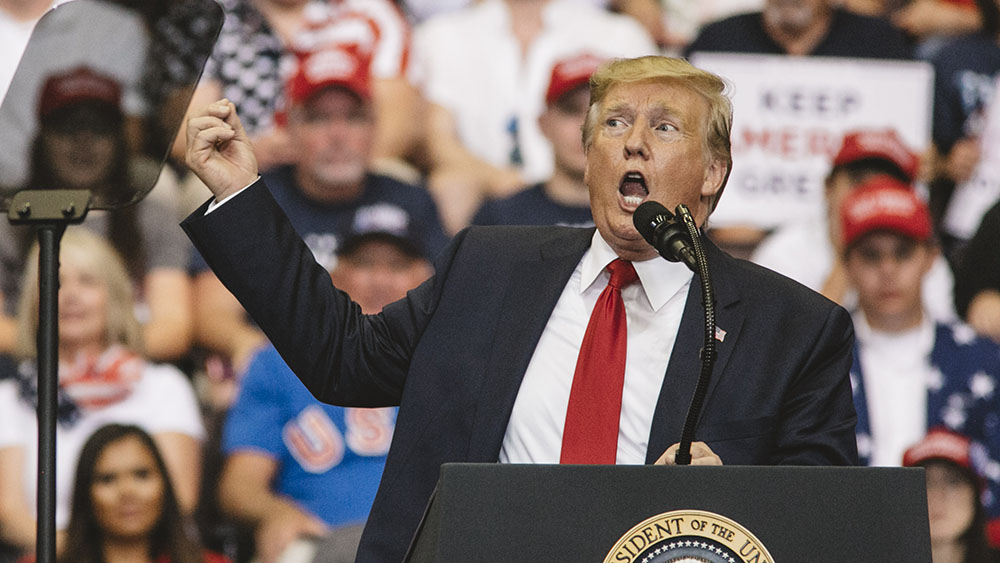The New York Times has published a new report detailing the intricate ways the Trump campaign plans to woo Black voters in wake of racist attacks on Black and brown politicians.
For the last three weeks, President Donald Trump has engaged in a Twitter war with four Democratic freshmen Congresswomen commonly dubbed The Squad and constantly harassed senior Rep. Elijah Cummings of Baltimore.
The attacks of Black and brown public figures are not a new occurrence for Trump. The last two years of his administration has been marked by outlandish claims against athletes and politicians, racist threats and demagoguery of the highest order.
At the same time, Trump has claimed to be an advocate for Black and brown people. He has consistently touted the 6% Black unemployment rate and bipartisan support for criminal justice reform as examples.
The recent New York Times piece asserts the campaign has utilized Facebook marketing to persuade Black voters. The low unemployment rate and criminal justice reform are significant selling points in Facebook advertising. While Trump tweets over on Twitter, his campaign is actively attempting to woo Black voters in key democratic and background states.
“He’s very, very disrespectful,” Teresa Singleton, 55, a Detroit firefighter, told The New York Times. “It’s very disrespectful. And I’m just shocked that the No. 1 man in the United States goes through these Twitter attack rages like that. It encourages me to get out and help advocate for someone different in the next election. I feel like it’s my responsibility.”
As Politico notes, Trump only won by a few points in key midwest states such as Michigan. In 2020, Trump hopes to win by a slightly larger margin that guarantees victory.
"But the campaign hopes that if it can shave off just a few points off Democrats’ overwhelming support among Blacks, it can boost voter turnout in eight or so key states such as Michigan, Wisconsin and Pennsylvania — each of which Trump won by less than one percentage point," the report said.
One of the many issues that plagued the 2016 presidential election was a significant decrease in Black voters.
According to the Times report, there was a record-setting 66.6% of eligible Black voters went to the polls in 2012. In 2016, the number drastically fell to 59.6%.
The Black turnout increased in during the 2018 midterms resulting in a Democratic takeover of the House. Political experts expect the Black vote to hold steady and turnout for the Democratic nominee. However, 2020 is a long time away and polling can change.
Experts are hopeful that "Black and Hispanic voters in cities like Detroit, Milwaukee, Philadelphia and Phoenix will turn out in far larger numbers than they did in 2016."
“Man, you gotta get out and vote!” Charles Ellington, a 55-year-old marketing representative, told The New York Times. “We can’t sit this one out.”
The key, though, is to inspire Black voters to head back to polls in record numbers to possibly beat Trump.
